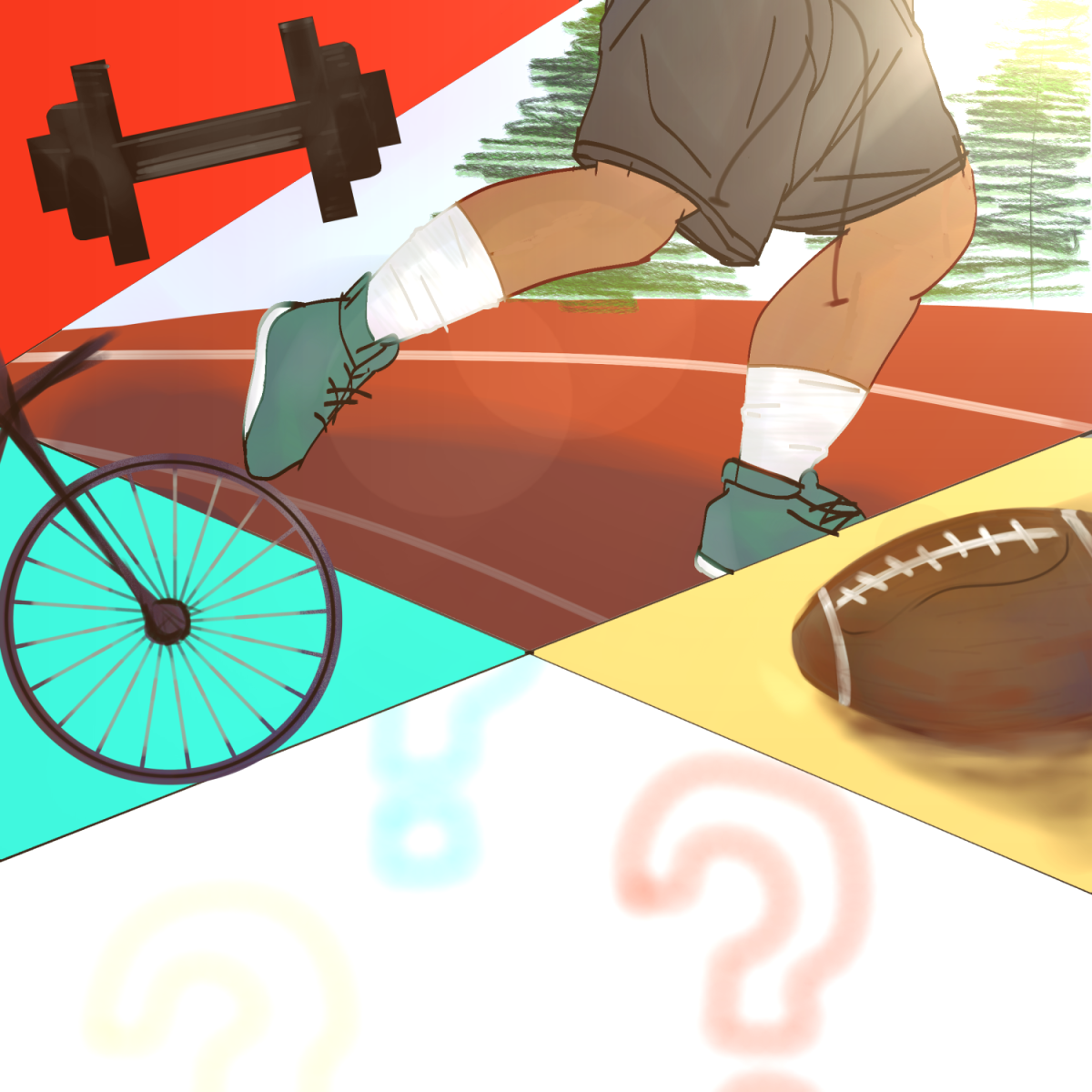Ribbons have taken over social media. As you scroll on Instagram or TikTok, you can expect to find mountains of posts showcasing bows on chicken nuggets, burritos, and other items that you would not even think to put bows on. Social Media is notorious for fishing out new trends to follow every two weeks, so it is hard to understand what matters in the long run and the effect of these new niches and aesthetics on the world’s current social climate. These ribbons are a product of the coquette trend arising on social media. The coquette aesthetic is the expression of romantic femininity through the lens of a more sophisticated palette. Despite how appealing the aesthetic is to various audiences, it is important to utilize critical thinking in the consumption of media containing this aesthetic.
The coquette aesthetic can be dated back to the 2010s, when Tumblr was taking teenagers by storm. The word “coquette” is defined as a woman who gains attraction from others, but its origins on Tumblr show a different and more vile side of this vocabulary. The word coquette originates from the word ‘nymphet,’ a term used in the infamous book ‘Lolita.’ ‘Lolita’ follows the story of Humbert, the stepfather of 13-year-old Dolores Haze, and his sexual exploitation of the juvenile. The story is an inspection of pedophilia and, at its core, a stomach-curdling novel. However, its aesthetic quickly caught the attention of the users of Tumblr as the true message of Lolita began to be watered down to heart-shaped sunglasses and provocative girls in ponytails. From this, the coquette aesthetic began to bloom as feminine expressions with heart-shaped sunglasses and ribbons in braids began to pop up all over Tumblr. However, this is not the only origin of coquette fashion, as it also draws inspiration from Japanese Lolita aesthetics around the 2000s. All in all, the origins of this aesthetic begin problematically and with uncomfortable messages surrounding the virtue of young women.
The resurgence of the coquette aesthetic can be pinpointed to two reasons: one, to express femininity, and two, to escape the horrors of the real world. TV screens and a simple Google search display the wars and famines going on throughout the world, and this is a constant stream of terror for any social media users. This unsettling sense of dread requires an escape, as while the internet is essential for connection and work to be done, it is also a breeding ground for anxiety and negative propaganda. Freshman Jordan Fresni states, “Whenever, I need a break from thinking about or reading about genocides or wars, I go on social media like TikTok.” Therefore, users often go to positive and feel-good ideas on the internet, and the coquette aesthetic perfectly provides this. The pink, bows, frills, and light Lana Del Rey songs playing in the background provide the perfect fantasy land that many glazed-eyed internet users need. Additionally, the coquette aesthetic has been a product of the ever-changing social climate and the pushback on the patriarchy. Little girls have been victims of mockery as sexist comments and negative rhetoric about feminine women and their abilities in male-dominated industries have plagued their early exposure to the world. states, “Young girls think that if they wear pink or show they like it at all, they will appear weak because society has taught us that for so long. Practicing this idea is toxic and harmful to little girls because it makes them think being ‘girly’ is a bad thing when that’s not true at all.” This degradation of pink and all things feminine denies many women from expressing their identity, and the embracing of hyperfemininity that the coquette trend promotes is an outlet to let women’s true selves shine through their outfits. Junior Abigail Elperin states, “When I was a kid I disliked pink because I thought it was too “girly” and that was something to be ashamed of but I think because of the coquette aesthetic and how beautiful it is I’ve been able to embrace being girly.”
At the surface level, the coquette trend begins to promote self-expression; however, with some critical thinking, the ribbons are untied to show a cesspool of infantilization and racism. Despite the progress the coquette aesthetic has made, the lolita-esque origins still shine through. Senior Ian Hansen states, “A lot of pedophilic depictions have been old men taking advantage of a young girl, often wearing pigtails or sucking a lollipop.” Ribbons, pigtails, and heart shaped lollipops have always been associated with children, and unfortunately, these are common in the coquette aesthetic. Therefore, women who embrace the coquette aesthetic are infantilized, and this promotes pedophilic and sexist views of feminine women. Another criticism regarding the coquette aesthetic is the lack of inclusion of people of color. Historically, women of color have been masculinized and painted with negative stereotypes. When discussing black women, the Message states, “… [White women] mean quiet, docile people who they can control. It is our lack of proximity to whiteness that makes us “non-feminine.” Due to this perceptual set of people of color, most do not envision them as being a part of the coquette aesthetic. Therefore, in popular portrayals on social media and in movies, the coquette aesthetic is only seen on dainty white women wearing bows.
Maybe what kills the lightheartedness of this gorgeous aesthetic is constantly picking it apart to look for social issues. Or maybe, part of being a coquette aesthetic admirer is being socially aware. Following anything blindly has always led to negative effects, and while there is a minority on the internet full of racists and sexists, it is rare to not find such a minority in subdivisions of the internet. Sophomore Joy Tran states, “Whenever I am on the internet and find hate against something I love, I really deliberate it and investigate what the cons are of the media I am consuming and then choose to proceed with caution when exploring my aesthetic.” Elperin continues, “I think that coquette aesthetic is beautiful because of its wholehearted embrace of femininity- excessive bow use and all…though the aesthetic has some problematic aspects, the style itself speaks to a generation of people who were taught a toxic narrative about femininity.” In general, as a coquette girl myself, I advocate for any trend follower to use the all-powerful tool of critical thinking. Thoughtfully following one’s aesthetic minimizes furthering or causing any bias in oneself. So, instead of focusing hatred on those who spread hate, we can make the conscious choice to do better while wearing bows. Because, at the end of the day, does it really matter who exactly wears a pink bow and ballerina flats ?






